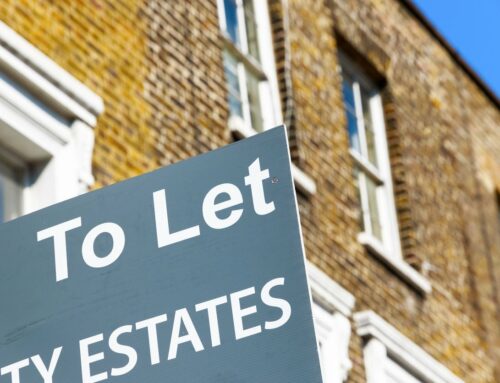Home » Uncategorised »
Government cladding removal plans are causing confusion for landlords
This article is an external press release originally published on the Landlord News website, which has now been migrated to the Just Landlords blog.

Government plans to rectify dangerous cladding are riddled with confusion and risk needless delays to addressing the problem, the National Residential Landlords Association (NRLA) warns.
In January 2022, Housing Secretary Michael Gove announced plans to force developers to pay for remedial action to tackle dangerous cladding on buildings between 11 and 18 metres high.
In the same announcement, he argued that leaseholders should not be expected to foot the bill. However, Ministers have now admitted that they have yet to decide if buy-to-let landlords will be included within the scheme.
In a parliamentary answer, the Housing Minister has confirmed that those who sublet properties because they cannot sell them due to dangerous cladding will be included in the Government’s scheme. But he also stated that a decision about extending it to buy-to-let landlords has yet to be taken.
The NRLA is warning that the Government’s plans are not treating all leaseholders equally. In the process, they also risk delaying remedial work on dangerous cladding as the Government seeks to understand who may be an accidental or buy-to-let landlord.
Ben Beadle, Chief Executive of the NRLA, comments: “It makes no sense to be treating leaseholders who are landlords so differently to owner-occupiers. Both groups have faced the same problems, and both should be treated equally. We are calling on the Government to rectify this injustice as a matter of urgency.”
The NRLA is campaigning on behalf of landlords such as Ian Davies in Cardiff.
Ian owns one rental property, a flat he purchased on the fifth floor of a six-storey building six years ago to support his pension. Since then, it has been revealed that the building is covered with flammable timber cladding panels and the whole block has compartmentation issues.
As a result, the six-monthly management fee he pays has increased from £700 to £3,000, completely outweighing his rental income. Ian has expressed serious concerns about the lack of support for residential landlords along with the rising costs of service charges and waking watch expenses.




